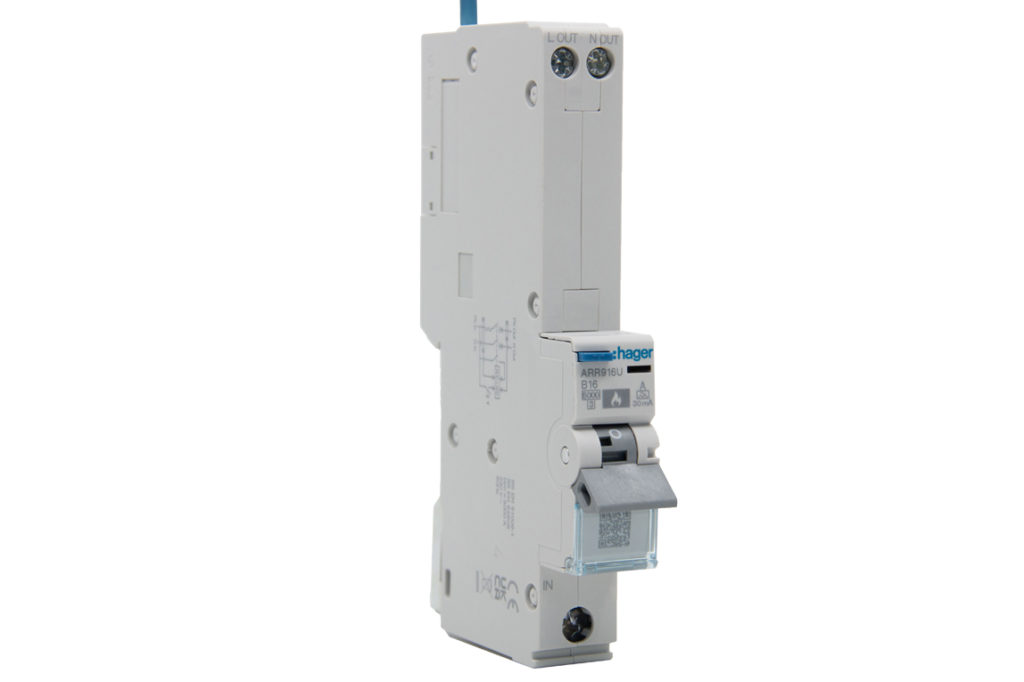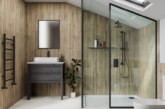Following changes in legislation to standardise processes across the board, greater scrutiny is being placed on electrical safety and compliance in the local authority sector. Therefore, manufacturers must be on hand to support electrical professionals to ensure this, Hager tells LABM.
Contractors and installers should partner with manufacturers who boast high-quality products and a comprehensive understanding of the latest regulations. As well as those who offer robust, innovative, and safe products built to last that are kinder to our planet.
In this article, Hager UK explains:
- The latest Social Housing (Regulation) Act 2023
- The importance of using quality, safe and robust products
- How manufacturers can support contractors in meeting targets — including financial, sustainability, safety, and productivity
Shockingly, the Electrical Safety Roundtable’s Social Housing Sub-Group revealed that 25% of social housing properties don’t have the Government’s recommended five electrical safety features. On top of this, 12% failed the Government’s Decent Homes criteria.
The 2018/2019 Home Office Fire Statistics outline that 9% of all fires within the social housing sector were ignited by problems with electrical components (such as wiring, cabling, or plugs). Of those fires, 317 led to fatalities or injuries. This highlights the dangers and risks that not installing quality items, conducting regular inspections, and having compliant products can lead to.
Safe and decent homes
Hager UK, a business passionate about supplying quality, robust, and safe products, is advocating for all properties across the UK to be fit-for-purpose and kinder to our environment. Here, they share how manufacturers can (and should) support the industry to ensure that this becomes the new normal.
It’s clear that more must be done industry-wide to ensure that all properties are safe. Contractors have always adhered to rules and regulations, understanding that they have a duty of care for residents housed within their properties. That said, previous legislation has proved subjective — for example, it outlined that all housing should be ‘safe and decent’.
In order to address this, Health & Safety Executive (HSE) and the Government have placed greater focus on this sector to ensure a consistent and standardised approach is being adopted nationwide. However, this overwhelming scrutiny is having a detrimental effect on some professionals within the sector, as it’s hindering creativity and innovation for fear it might be received negatively or dismissed. Due to this, there’s much discussion about this particular topic currently within the industry.
Last June, the Government hosted a consultation about electrical safety in the social rented sector, and the results sparked the introduction of the latest legislation: the Social Housing (Regulation) Act. Brought into effect in July this year, it outlines the terms of approved schemes for the investigation of housing complaints, and is intended to ignite the beginning of a proactive approach to electrical safety.
Adhering to — and where possible, exceeding — these regulations is key. Local authorities across the UK strive to keep up with regulatory changes and enhance their understanding of the industry as a whole. That said these amendments can prove costly. For many, it can result in a complete renewal or upgrade of electrical equipment to meet these new targets — which can incur significant time and financial costs. Not to mention the unnecessary waste due to regular replacement of products.

So, what is the solution?
In terms of a long-term solution, there’s scope for a holistic support package that manufacturers can offer to the local authority sector — including regular training, updates on regulatory changes, and ad-hoc help and guidance to ensure compliance is met and end-users are safe.
Contractors need to collaborate with manufacturers who offer clear advice, guidance, and support regarding compliance, as well as boast robust, long-lasting, and safe products. With times tougher than ever before due to the current cost-of-living crisis, and budgets being stretched across an array of departments, investing in quality products is a must.
Not only will it provide contractors with assurances that a compliant, compatible, and capable component has been installed, but also that work is completed safely, accurately and to the highest standard — every time.
To truly get best value, contractors should purchase products that retrofit into older systems, and offer intelligent updates regardless of existing (or future) processes that are introduced. At Hager UK, we’re proud to have launched our latest solution in the Residential market. The AFDD with ProTools — an Arc Fault Detection Device manufactured to the very highest German engineering standards.
With safety always a priority, this AFDD was created with additional safety features included as standard. The circuit doesn’t need to be re-energised when tripped to identify the cause of the fault, allowing the consumer unit to be left in a safe condition until troubleshooting can be concluded — protecting both the end-user and the contractor. It also contains a microprocessor which runs a sophisticated algorithm which continuously checks the circuit for any indication of an arc fault.

While existing testing programmes are compatible currently, should other manufacturers create electrical devices with different waveform signatures in the future, the device may no longer be suitable. Instead, it may cause it to trip, require immediate attention, and potentially need entire product replacement or upgrade.
But, the AFDD with ProTools is able to intelligently modify the algorithm to accommodate new product signatures as and when required. Our solution is future-proof thanks to the unique diagnostic software and regular automatic in-situ upgrades, allowing contractors to have total peace of mind that safe, innovative, and long-lasting equipment is installed throughout their properties.
For more information about Hager’s AFDD with ProTools, visit https://hager.com/uk/p/afdd
Header image: ©joe888/AdobeStock










